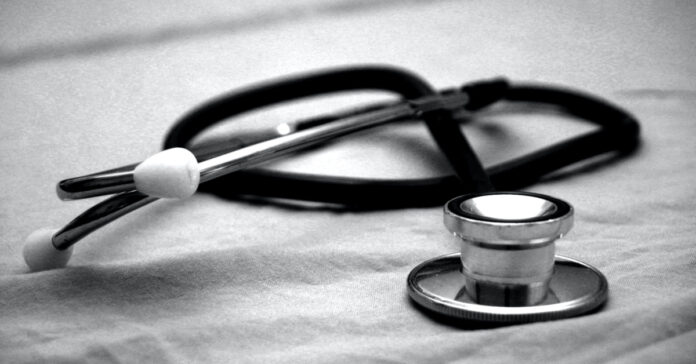In mid-March, my doctor’s office called and rescheduled my March 24 physical, pushing it back 90 days. That appointment is scheduled for this afternoon and they are allowing it to proceed even though our county and state have a far higher rate of COVID-19 infections today then they did in March.
On March 24, when I was supposed to have the appointment, there were only 20,875 reported cases of COVID-19 in the entire country. We now have more than that in our state, and the country report that many or more every day. Three months ago, only 2,844 were new cases had been reported in a single day. Now there are individual states that report that more than that daily.
This raises a big question: Why am I allowed to go to the doctor today, but not three months ago.
The answer is: Because we flattened the curve.
We flattened the curve to SLOW the virus, not to defeat it. We slowed the virus to spare our hospitals from becoming overcrowded, and we were successful. Doctors, public health officials, and scientists have used the subsequent 90 days to study the virus, to better understand it, to develop therapies, and to learn how to treat infected patients. They used the time to produce PPE, so that we can wear masks and they can have gowns and face shields. And they used it to develop best practices. For example, they will make me wait in my car in the parking lot rather than in the waiting room, and will call me when there is an examining room available. They have a different entrance for people on “well” visits and people who go to the doctor with symptoms that are remotely like those of COVID-19. That’s what has changed
Don’t Let the Increases Panic You
So when you see news reports that we are up to 30,000 new cases daily, or that more than half the states are seeing an increase in cases, don’t let this news panic you. COVID-19 is here and its not going away. A majority of people are going to catch it, sooner or later, and a majority of them will not get terribly sick.
If you don’t want to come down with COVID-19, then continue with your self-quarantine. Don’t go to bars, church, restaurants, and other events. Continue to order groceries for delivery or curb-side pick-up. Don’t have friends and family over. Wear your mask when you leave your home or interact with people. Wash your hands, clean your house, and sanitize packages. If you want to play it safe, you can and should do so. Just don’t expect everyone else to play by your rules.
If you are worried about a second wave, you have all summer and maybe even part of the fall, to take action and better position yourself. Buy PPE, cleaners, disinfecting wipes, and hand sanitizers while you can. Stock up on toilet paper and food while it is available. If you thought about buying a freezer, look for one now because they have been hard to find. Take advantage of fruit and vegetable harvests to buy large quantities and then freeze, can, or dehydrate the harvest so you will be able to eat them later. If you want to move to a more remote location, a bigger home where you can have a home office, or just get out of the city, you’ve got a few months to put your plan into action.
But don’t expect sympathy if you fail to prepare and then end up hungry, crowded, cranky with cabin fever, and sick.
Clearly, my doctor’s practice felt the threat of COVID-19 – which was somewhat of a mystery illness 90 days ago – was something to worry about. Today, they feel more comfortable managing the risk, largely because more is known about the virus and how to manage risk. There’s no reason you should not feel the same.







